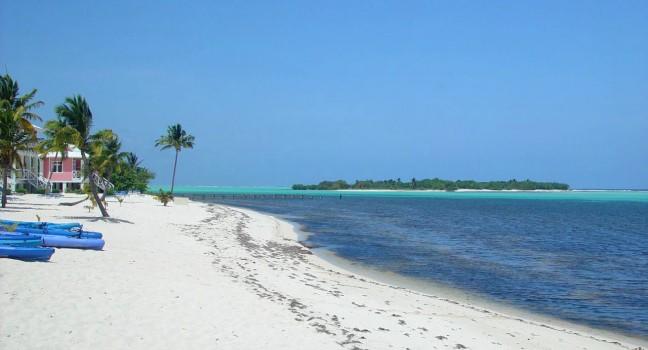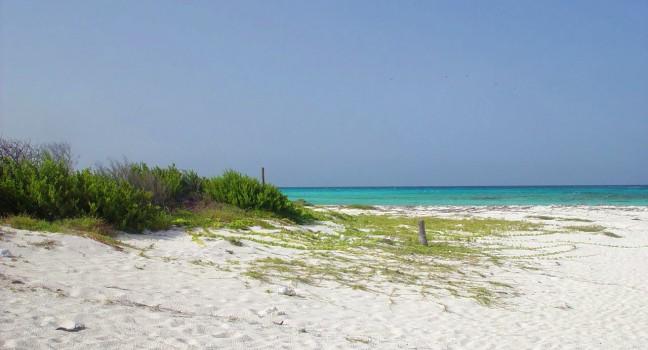Bloody Bay Wall
This beach, named for being the site of a spectacular 17th-century sea battle, was declared one of the world's top three dive sites by the maîtres Jacques and Philippe Cousteau. Part of a protected marine reserve, it plunges dramatically from 18 to 6,000 feet, with a series of staggeringly beautiful drop-offs and remarkable visibility. Snorkelers who are strong swimmers can access the edge from shore, gliding among shimmering silver curtains of minnows, jacks, and bonefish. The creatures are amazingly friendly, including Jerry the Grouper, who dive masters joke is a representative of the Cayman Islands Department of Tourism.





